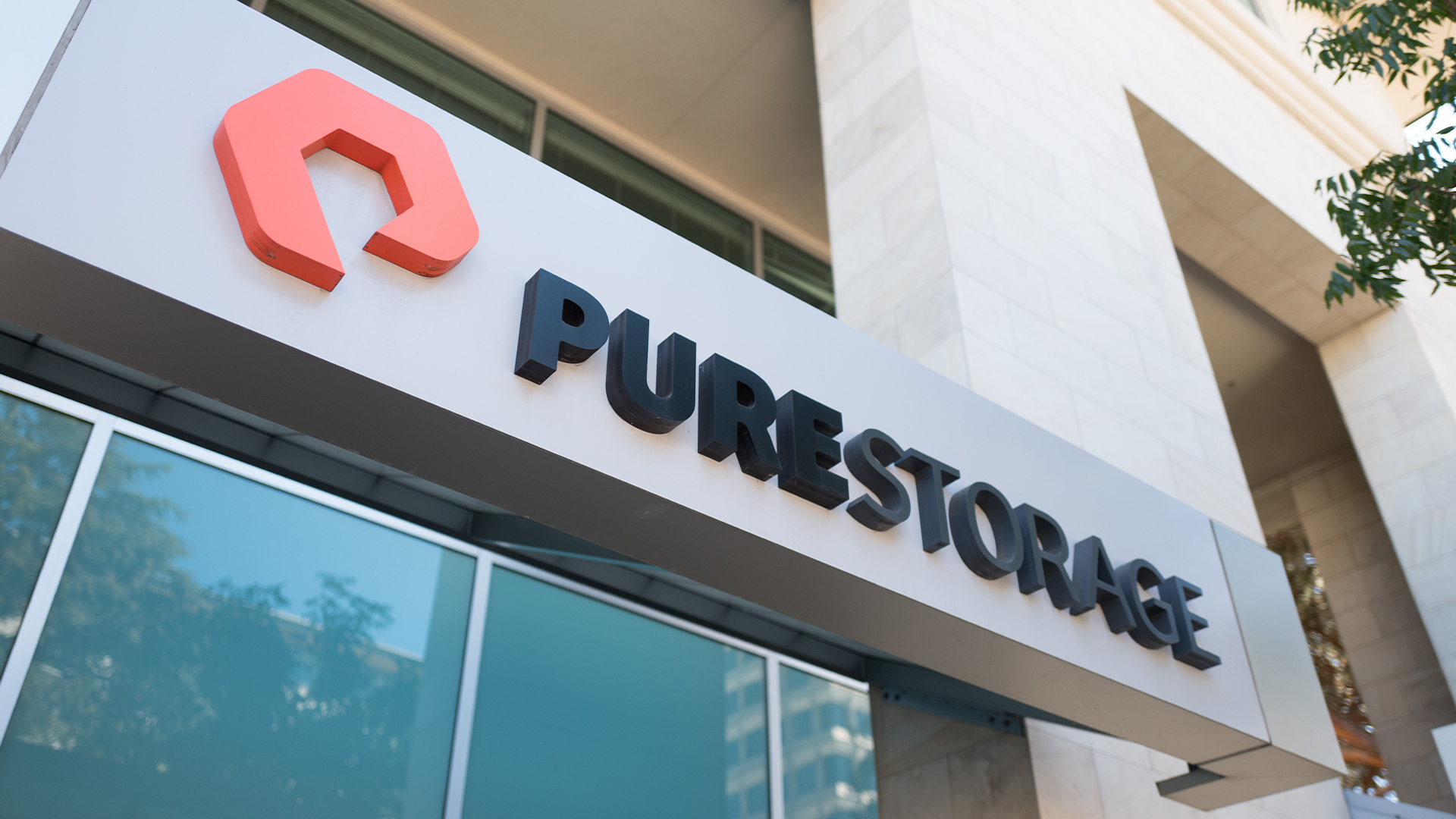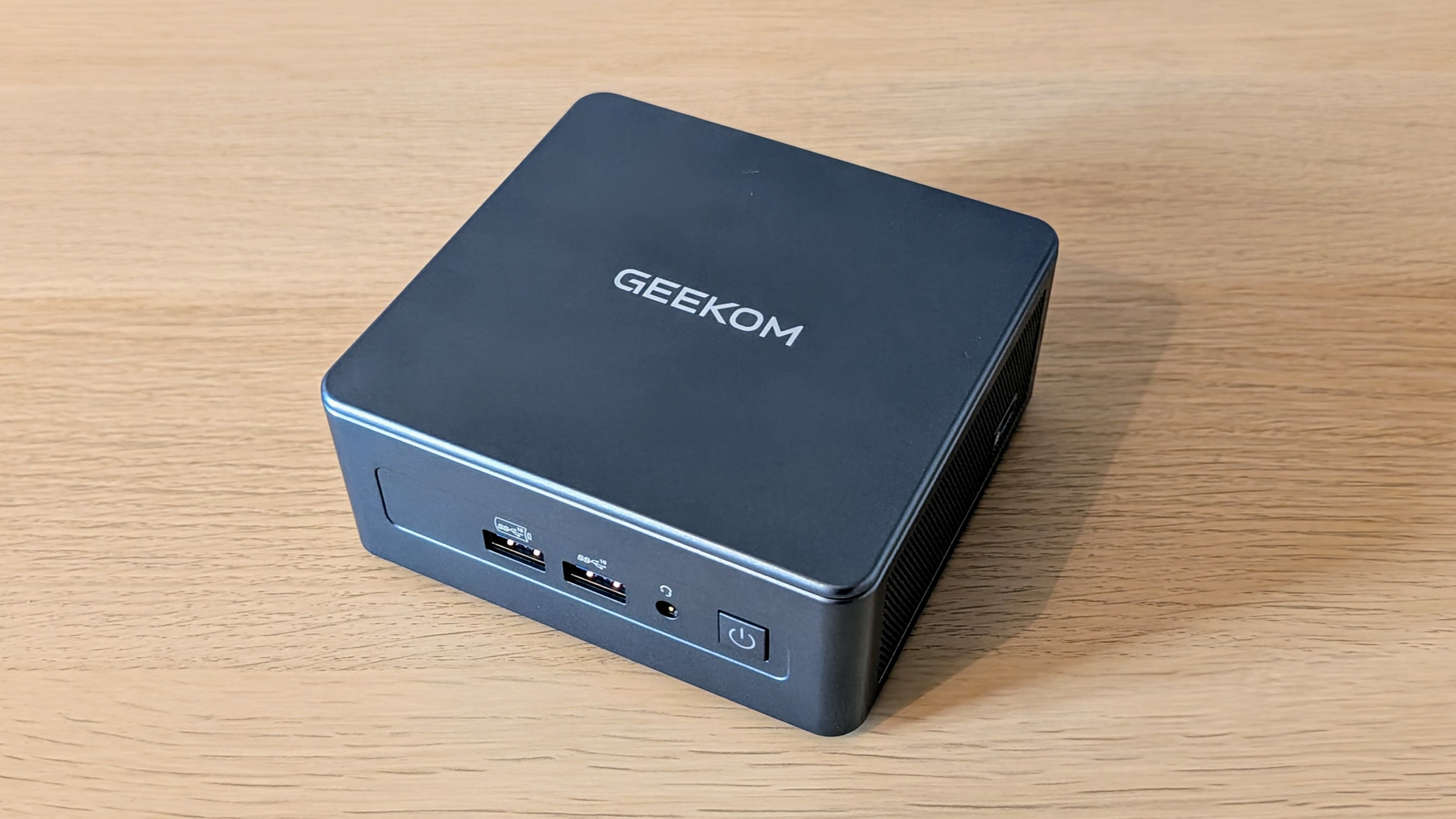Everything you need to know about Pure Storage
A brief guide to Pure Storage, the data storage specialist known for its all-flash approach


If you read Pure Storage’s ebook from 2019, Flash Was Only the Beginning, a document dedicated to the company’s origin story, you get the sense that the firm ushered in a seismic shift in data storage technology.
What began with two industry leaders, a dozen or so employees, and a venture capital firm’s conference room has turned into a multinational behemoth with 30 international subsidiaries, thousands of employees, and a wide array (pun very much intended) of storage solution products and services.
Pure Storage has set several records during its growth, including being one of the fastest-growing storage solutions companies and receiving a sector-defining pre-IPO funding round. The company works across sectors, providing infrastructure for situations ranging from New Mexico State University, to the City of Bloomington (Illinois), to the support required by digital radio giant Sirius XM.
Here is a broad overview of the path the company has taken to become one of the most prominent names in storage, with a market cap of $21.75 billion to match.
| Founded | 2009 under the temporary name ‘Os76’, unveiled as Pure Storage in 2011 |
| Current CEO | Charles Giancarlo |
| HQ | Santa Clara, California |
| Annual revenue | $2.8 billion (2024) |
A quick history of Pure Storage
Pure Storage started with venture capital funding from Sutter Hill, space in the fund’s office, and a goal that would eventually lead it to trademark the term ‘Modern Data Experience’. Pure storage, via a variety of hardware and software products with names like FlashArray, FlashBlade, and FlashStack, brings flash storage to enterprise environments, largely in data centers.
The company hit the market hard at a time when companies were looking to phase out hard disk drives (HDDs) in favor of solid-state drives (SSDs) but were facing several clear logistical issues. The hole the founders identified in the market was a lack of available infrastructure.
The founders, John Colgrove and John Hayes, were not strangers to the tech industry when they entered into business together. Colgrove had previously worked as a founding engineer for Veritas Storage Foundation which would later merge with Symantec, while Hayes was the former chief technical officer of Yahoo. As its aforementioned ebook calls it, a “Flash Chasm” had formed and Pure Storage saw itself as the bridge, latency be damned.
Get the ITPro daily newsletter
Sign up today and you will receive a free copy of our Future Focus 2025 report - the leading guidance on AI, cybersecurity and other IT challenges as per 700+ senior executives
Pure Storage went public in 2015 and held its first annual conference, Pure Accelerate, in San Francisco in 2016. Pure Storage continues to hold the event every year, with Pure Accelerate 2023 having been held in Las Vegas and Pure Accelerate 2024
Also in 2016, Pure Storage and EMC reached a $30 million settlement over alleged intellectual property theft. EMC had sued Pure Storage in 2013, along with 44 former EMC employees who had moved to Pure Storage, over a claim that they had stolen its intellectual property. Pure Storage had filed its own complaint against EMC for allegedly tampering with one of its devices to steal proprietary information.
Since generative AI has become popular at the enterprise level, Pure has made it clear that it aims to embrace AI sustainably. The firm has also sought to capitalize on the benefits of flash storage for generative AI, with its own products capable of scaling to petabyte scale.
What does Pure Storage sell?
Pure Storage sells a wide variety of flash storage arrays for data centers, along with software and platform solutions to help companies store and use their data more efficiently. Its hardware systems include the FlashArray range and its FlashStack converged infrastructure platform.
Customers can also purchase cloud storage solutions from Pure Storage, with solutions available for private cloud, public cloud, and hybrid cloud setups. The firm also offers block storage in the cloud via AWS and Azure.
Pure Storage works at the enterprise level across the private and public sectors, having worked with ScotGov to overhaul its storage approach and embrace containers and with Mississippi’s tax authority to support critical apps.
Beyond physical arrays, Pure Storage offers storage and disaster recovery as a service products, data security solutions, AI-focused offerings, and its ‘Storage-as-Code’ options. Its tagline is “uncomplicate data storage, forever”.
Its consumption-based storage subscription service Evergreen competes with the likes of HPE GreenLake and Dell Apex.
Pure Storage's mergers and acquisitions
By the time Pure Storage publicly revealed itself in 2011, the startup had already procured $55 million (£43 million) in funding. Prior to its IPO , Pure Storage obtained $150 million in investment – then a sector record. Pure Storage trades on the New York Stock Exchange as PSTG.
In the years since, Pure Storage has acquired multiple companies—and made strategic investments — over its history. These include:
- StorReduce, a software company, for an unannounced amount in 2018
- Compuverde, a Swedish software company, for an undisclosed amount in 2019
- Portworx, a Kubernetes data services platform, in 2020 ($370 million)
Doing Business with Pure Storage
Pure Storage is located in Santa Clara, California, a hotbed for American technological innovation sitting firmly within Silicon Valley. The company’s industry acumen becomes clear when you look at its testimonial page. Ford, Meta, JP Morgan Chase, Comcast, and NASA shower their praises on the company.
In 2024, Pure Storage updated its partner program to provide more freedom for quotes and pricing at a partner level. The firm also added a new dashboard to indicate where partners can upsell or renew customers based on their existing relationships.
RELATED WHITEPAPER

From an internal policy perspective, Pure Storage has committed to becoming net zero by 2040 and one of its main selling points is that its storage solutions, by reducing the space and power usage required to run them, also reduce their environmental and financial impact.
According to its 2023 ESG report, the company’s employees have volunteered more than 30,000 hours to sustainability and the firm aims to enable green data centers through more efficient technology and less obsolescence.
Aside from its US operations, which are incorporated in Delaware—a common practice in the US technology sector— Pure Storage has offices throughout the EMEA, LATAM, and APAC regions.

John Loeppky is a British-Canadian disabled freelance writer based in Regina, Saskatchewan. He has more than a decade of experience as a professional writer with a focus on societal and cultural impact, particularly when it comes to inclusion in its various forms.
In addition to his work for ITPro, he regularly works with outlets such as CBC, Healthline, VeryWell, Defector, and a host of others. He also serves as a member of the National Center on Disability and Journalism's advisory board. John's goal in life is to have an entertaining obituary to read.
-
 Geekom Mini IT13 Review
Geekom Mini IT13 ReviewReviews It may only be a mild update for the Mini IT13, but a more potent CPU has made a good mini PC just that little bit better
By Alun Taylor
-
 Why AI researchers are turning to nature for inspiration
Why AI researchers are turning to nature for inspirationIn-depth From ant colonies to neural networks, researchers are looking to nature to build more efficient, adaptable, and resilient systems
By David Howell
-
 Pure Storage founder: Flash drive efficiency will “flatten out” but still has a clear role for AI
Pure Storage founder: Flash drive efficiency will “flatten out” but still has a clear role for AIInterview John Colgrove knows flash’s moment in the sun won't last forever – but doesn’t expect a competitive technology to arrive this decade
By George Fitzmaurice
-
 Pure Storage’s FlashArray//E launch offers “multi-year advantage” with performance and energy efficiency boosts
Pure Storage’s FlashArray//E launch offers “multi-year advantage” with performance and energy efficiency boostsNews The FlashArray lead at Pure Storage, said the launch will act as a “key differentiator” for the company in the storage space
By Ross Kelly
-
 Storage, sustainability, and AI in the spotlight at Pure Storage Accelerate 2023
Storage, sustainability, and AI in the spotlight at Pure Storage Accelerate 2023Analysis More than 1,000 attendees will flock to Resorts World Las Vegas for Pure Storage's annual conference next week
By Ross Kelly